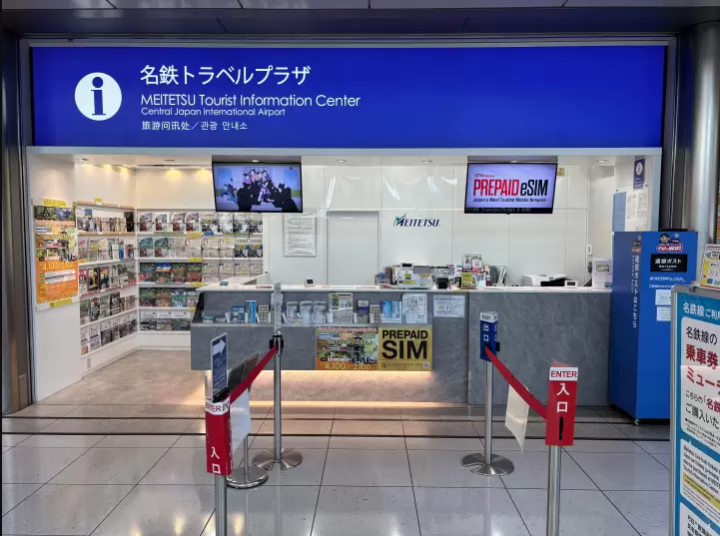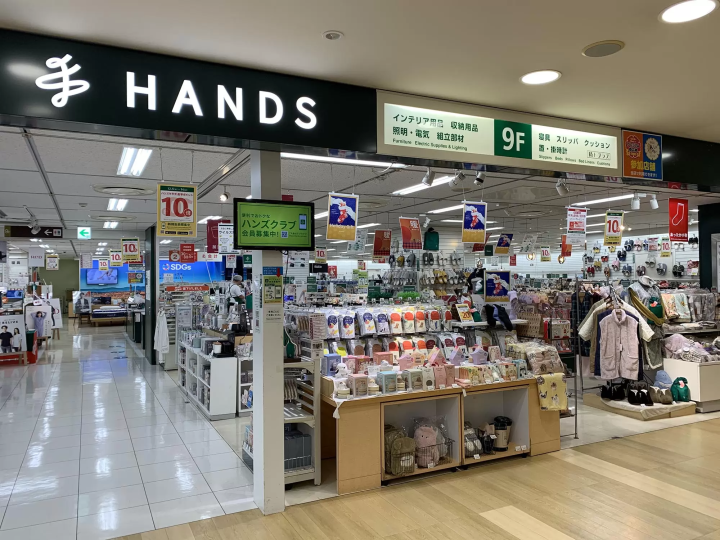Toyooka City: A Journey Through Nature, History, and Hot Springs in 2 Days

Nestled in northern Hyogo Prefecture, Toyooka City offers a captivating mix of popular destinations like the tattoo-friendly Kinosaki Onsen and hidden gems such as Izushi Castle Town, a spot even many Japanese visitors have yet to discover.
With its proximity to major cities like Kyoto and Osaka, Toyooka is the perfect
weekend escape. Here’s how you can spend two days exploring the best this city offers!
-
Table of Contents
- Day 1: From Mysterious Nature to Soothing Hot
Springs - Day 2: Discovering Edo-Period Japan
Day 1: From Mysterious Nature to Soothing Hot Springs
Start your adventure at Toyooka Station, the region's gateway. Conveniently
accessible by public transportation, it’s just a 2.5—to 3-hour train
ride from Kyoto, Osaka, or Kobe, making it an ideal getaway from city life. Despite being close to these major hubs,
Toyooka remains a hidden gem, offering an authentic, crowd-free Japanese experience.
Genbudo Park: Step Into a Prehistoric World
One of Toyooka’s standout attractions is Genbudo Park, a geological
wonder with unique volcanic rock formations. Dating back 1.6 million years, volcanic activity sculpted the area into
striking hexagonal basalt columns, creating one of Japan’s most remarkable geological formations. Check the access
information here.

The unique volcanic rock formations at Genbudo Park

The geometric basalt pillars of Genbudo Park
Walking through Genbudo Park feels like stepping into a prehistoric world. The
towering geometric basalt pillars are a striking reminder of nature's power. A fascinating local detail is that
these stones have magnetic properties—bring a magnet close, and you’ll feel a surprisingly strong pull, offering a
physical connection to the ancient earth.

These stones are magnetic—if you bring a magnet close, you'll feel a
surprisingly strong pull
What adds depth to Genbudo’s story is its role in Toyooka’s recent history.
After the devastating Kitatajima Earthquake in 1925, stones from Genbudo were used to help rebuild the nearby
Kinosaki Onsen town. Today, this natural wonder is designated as a National Natural Monument, offering stunning
views and a deep connection to the region's history.
Kinosaki Onsen: Japan’s Most Foreigner-Friendly Hot Spring Town
Kinosaki Onsen removes many of the common challenges that foreign travelers
face at traditional Japanese hot springs, like language barriers and tattoo restrictions. This makes it one of
Japan’s most welcoming hot spring destinations for international visitors.

With a history of over 1,300 years, Kinosaki is home to seven unique onsen
bathhouses, each with its own charm. Visitors stroll between them dressed in yukata (light cotton kimono) and geta
(wooden sandals), fully embracing the town’s relaxed pace. The tradition of soto-yu(bath-hopping) has been cherished
for centuries, offering visitors a chance to experience all 7 onsen baths. *One onsen bath is currently closed due
to renovation.


While those staying at a ryokan in Kinosaki are usually given a pass to all 7
onsen, included with their stay, those who are not staying in Kinosaki can still get a day pass, which grants unlimited
access to all public onsen baths for just 1,500 yen—a great value for bath enthusiasts.

One of the seven outdoor public baths
The Kinosaki Ropeway and Miharashi Terrace
After soaking, take the Kinosaki Ropeway up the mountain to Miharashi Terrace
for panoramic views of the town and the Sea of Japan while enjoying coffee from the terrace café.

Retro red car of the Kinosaki Ropeway


At the summit, participate in the kawarake-nage ritual, a traditional activity
where small clay discs are thrown off the mountain for good fortune.

You’ll throw three discs, which can be purchased at the summit café for 300
yen. Each represents a different blessing: yaku-yoke (warding off evil), kichi-shō (good fortune), and kano
(happiness).

If your disc passes through the ring target, your wish is said to come true!
Even if you miss, the breaking of the discs symbolizes the removal of misfortune, offering a sense of spiritual
cleansing and protection.
Day 2: Discovering Edo-Period Japan
On your second day, head to Izushi Castle Town, often called ‘Little Kyoto’
for its beautifully preserved Edo-period streets. Walking through Izushi feels like stepping back in time, with its
samurai residences, white-walled storehouses, and traditional gates.

A key landmark is the Shinkoro Clock Tower, built in 1871. This wooden clock
tower stands tall against lush mountains, offering a picture-perfect view of Izushi’s timeless charm.
Arikoyama Inari Shrine: A Mini Fushimi Inari
One of Izushi’s most remarkable attractions is Arikoyama Inari Shrine, a
hidden gem that bears a striking resemblance to Kyoto’s famous Fushimi Inari Shrine—but without overwhelming crowds.

The tranquility of Arikoyama Inari Shrine
Walking through the vibrant red torii gates snaking up the hillside, I felt an
immediate sense of peace and tranquility. The air was filled with the soft sounds of chirping birds and the gentle
rustling of leaves, creating an almost otherworldly atmosphere.

Quietly praying at the Arikoyama Inari Shrine
For anyone seeking a similar spiritual experience to Fushimi Inari but with
more solitude and intimacy, Arikoyama Inari Shrine offers that magical feeling wrapped in the quiet embrace of
nature.
Izushi Soba: 300 Years of Tradition
While wandering through Izushi, you’ll come across many soba shops. Izushi
soba is a 300-year-old tradition introduced during the Edo period by the Sengoku clan from Nagano. What makes Izushi
soba unique is its presentation—served on small porcelain plates, typically five or more per serving. You can enjoy
the delicate noodles with condiments like green onions, grated daikon, and raw egg.

Izushi soba is unique in its presentation—served on small porcelain plates
For a hands-on experience, join a soba-making workshop, where local craftsmen
will guide you through making soba from scratch. For 3,300 yen, you can try kneading and rolling the dough and then
tasting your handmade noodles. You can make your reservation through this website. If needed, use the Google
Translate function for assistance.

Give it a try! It's much more complicated than it looks!
Don’t miss the modern twist on this tradition—soba-flavored macarons and soba
ice cream, perfect for a sweet and refreshing treat.

Soba-flavored ice cream

One of many cute shops in Izushi
Eirakukan Theater: The Oldest Kabuki Theater in Kansai
End your journey with a visit to Eirakukan Theater, the oldest surviving
Kabuki theater in the Kansai region, built in 1901. The theater offers a rare glimpse into Japan’s traditional
performing arts. The hanamichi (a raised platform extending into the audience) and revolving stage allow visitors to
witness kabuki performances in an authentic historical setting.

The retro charm of the oldest Kabuki theater in the Kansai region
Though it closed temporarily in the mid-20th century, Eirakukan was revived in
the early 2000s through community efforts. Since reopening in 2008, the theater has hosted annual performances,
keeping the kabuki tradition alive in Toyooka.
Conclusion: Discover the Best of Toyooka
Toyooka City isn’t just another stop on your itinerary—it’s a place where
history, nature, and tradition come alive in ways that are hard to find elsewhere. Picture yourself wandering
through the ancient rock formations of Genbudo Park, soaking in the centuries-old hot springs of Kinosaki Onsen, or
strolling the Edo-period streets of Izushi Castle Town. Ready to escape the ordinary? Toyooka is waiting to show you
a side of Japan that’s both timeless and unforgettable.
The birthplace of hot spring tours in yukata and geta There are 7 public baths in Kinosaki Onsen town. Kinosaki Onsen can be compared to a large hot spring inn, with the station being the ``guiseki'', the roads being the ``corridors'', the inns being the ``guest rooms'', and the public baths being the ``public baths''. If you change into a yukata, relax, and go out on the town, you will become a character in this world.
The contents on this page may partially contain automatic translation.































![[Wakayama Sign] Plums and plum wine](https://resources.matcha-jp.com/resize/720x2000/2025/12/08-252248.webp)

![[2025 Update] Introducing free Wi-Fi spots in Tokoname City , Aichi Prefecture](https://resources.matcha-jp.com/resize/720x2000/2025/12/16-253074.webp)

